How to Flood Proof Your Home (10 Effective Tips)
-
Codee Chessher
- Last updated:
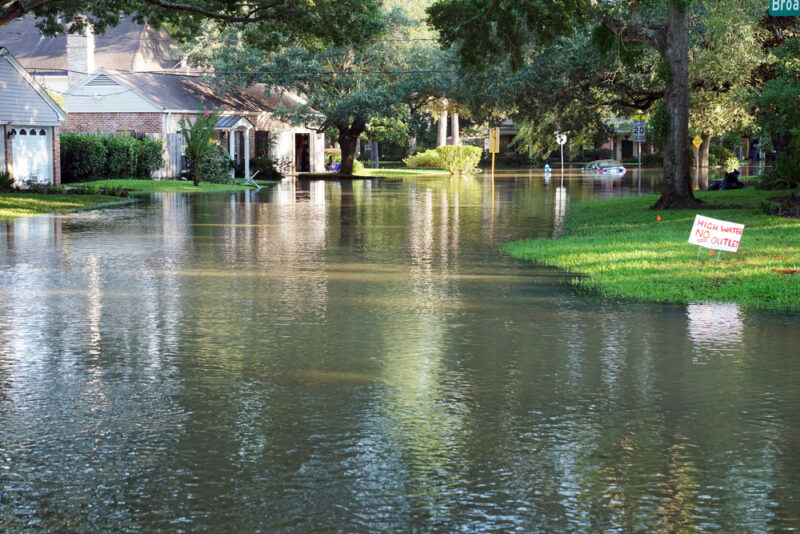
Ask anyone in a hurricane zone or area prone to flooding, and they’ll tell you that water is an extremely powerful and destructive force. With enough water, your whole house could flood and ruin everything as surely as a fire would. Because of this, we need to learn how to protect our property.
If you live in an area vulnerable to floods, read on for some essential information on how to protect your home.
The 10 Tips to Flood Proof Your Home
1. Determine your Risk Level
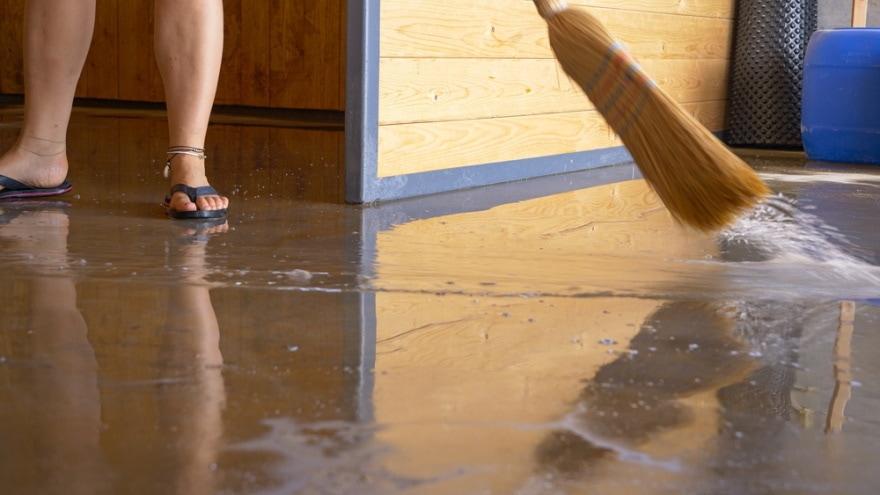
Not everyone needs flood insurance or expensive renovations because their area simply isn’t prone to flooding. Use FEMA’s flood zone map to determine whether you live in a blue, orange, yellow, or blue with red stripe zone. Let’s go over those zones in more detail below.
- Blue: 1% annual chance of flooding, blue zones are at very high risk of flooding. We recommend buying flood insurance and making some floodproofing renovations.
- Orange: 0.2% annual chance of flooding, floodproofing is useful but not absolutely necessary.
- Yellow: undetermined chance of flooding, which means you should research the flood history of your area to get an idea of whether you should expect flooding. If the area has had a ‘historic’ flood in the past 50 years, we’d recommend purchasing flood insurance and possibly making renovations too.
- Blue with red stripes: these are regulatory floodway zones, which means that floods are redirected in the area to a specified floodway. Flood insurance and renovations are highly recommended.
2. Purchase Flood Insurance

Flood insurance is one of the most important purchases you could make in your life, should a flood impact your home. Damage caused by flooding, including to your home and valuables, is covered by a flood policy, but that’s not all. If your home is flooded and you have to stay at a hotel during the repairs, insurance will typically compensate you for these additional costs too. Other extras may vary depending on the area and company.
3. Raise Your Home
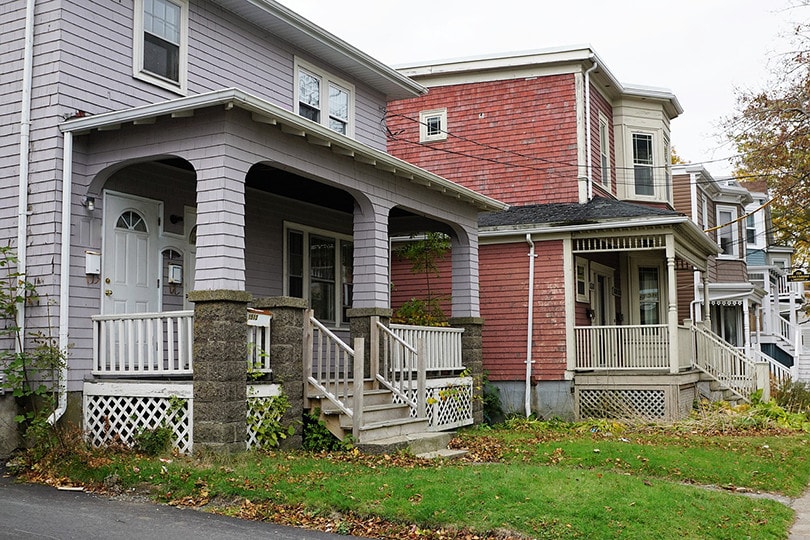
Putting a house on stilts is one of the more expensive renovations you can undertake, but one of the most flood friendly. A lot of flood damage is caused by just an inch or two of water, so you don’t have to put your home on literal stilts. Just a couple of inches will afford you a ton of protection in the long term.
4. Elevate Outlets and Appliances
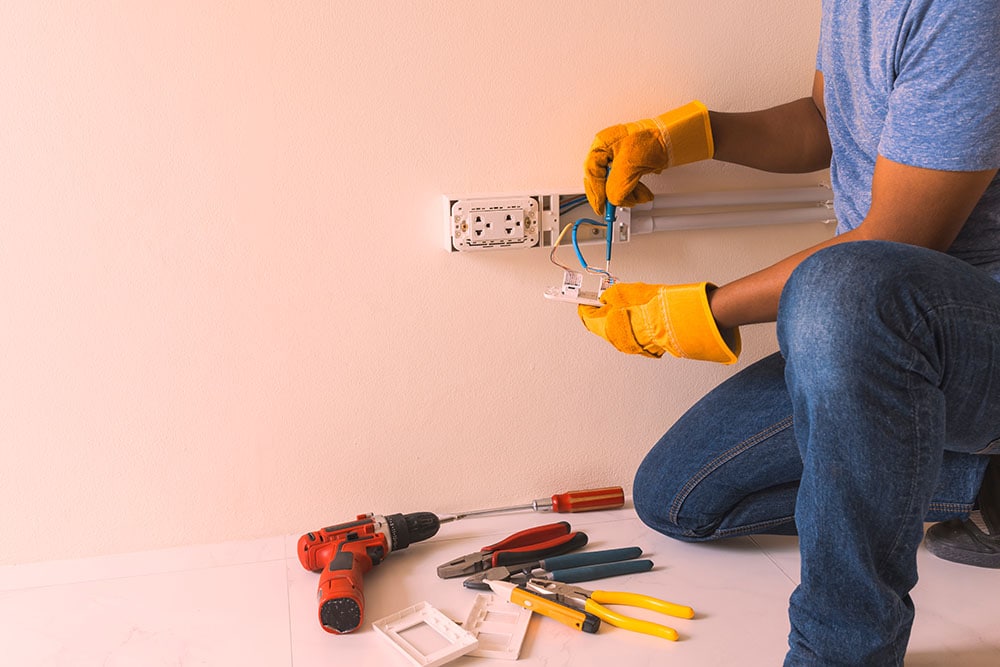
Floods can permanently damage large appliances, electrical outlets, and nearly anything with wiring. To better protect the integrity of your home’s electrical systems and your large, expensive appliances, have them elevated.
This is a common renovation in flood-prone areas, and raising appliances can typically be done yourself by building a platform. We’d suggest raising your boiler, central air conditioning system, and other appliances on the bottom floor of your home.
5. Dry Floodproofing
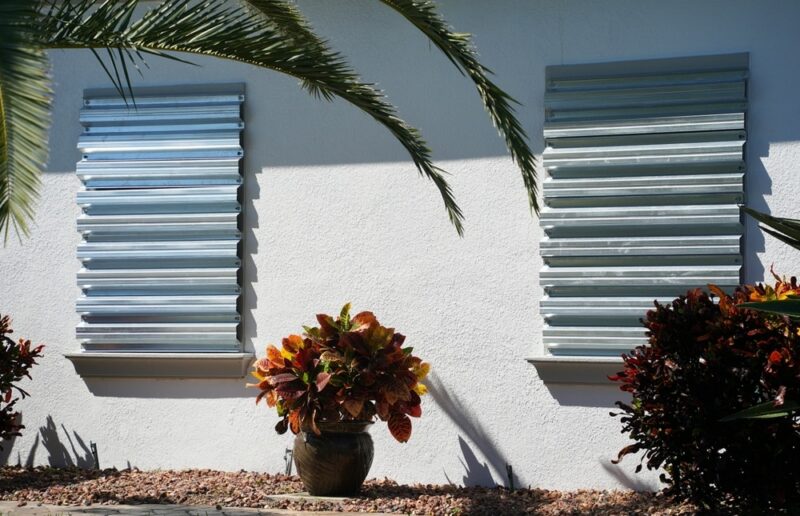
Dry floodproofing is when you make additions aimed at reducing the chances of floodwaters entering your home before they cause damage. This means raising your doors, adding flood shields on openings, and sealing all doors and windows.
Dry floodproofing is more expensive than wet floodproofing, partially because the latter is aimed at minimizing damage rather than prevention.
6. Wet Floodproofing
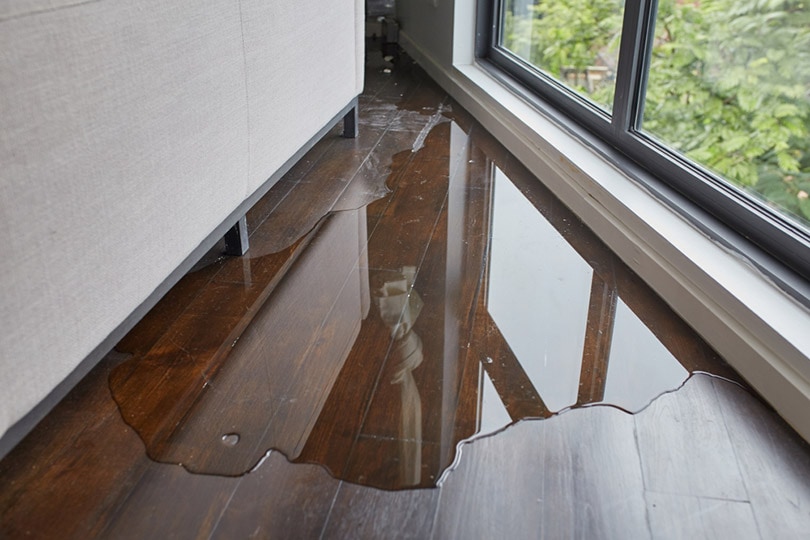
Wet floodproofing is a different way of protecting your home from flooding, which involves making water streams under and around your home without collecting and causing damage.
The most popular method of wet floodproofing involves elevating the home and creating a crawl space with vents around the foundation. This type of floodproofing is typically more expensive than dry floodproofing, but it can be expensive if your renovations are extensive.
7. Flood Friendly Landscaping
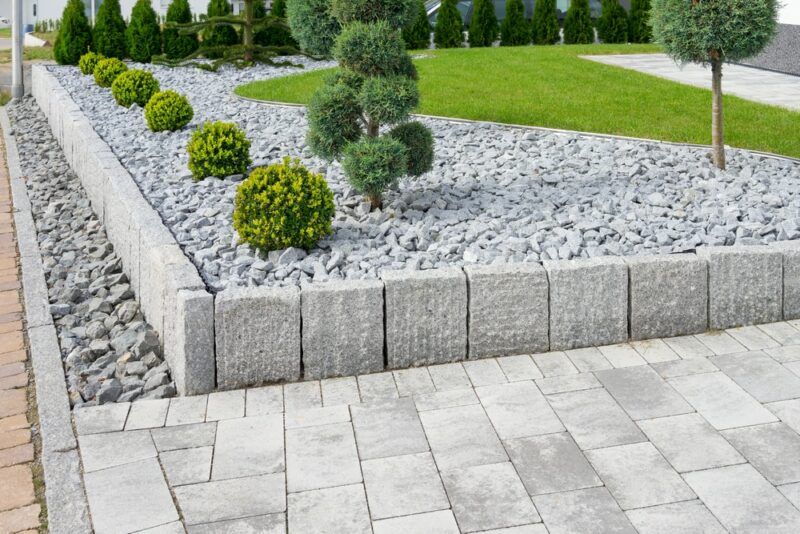
The worst thing you can do in a flood-prone area is to use a lot of nonporous materials outside. Rather, aim to use porous materials like gravel and brick for outdoor structures and decorations. This will help water seep into the ground instead of running around and streaming into your home.
Using water-absorbent mulch on flower beds is a great way to minimize water, and digging shallow swale ditches can help channel stormwater to storm drains.
8. Install a Sump Pump
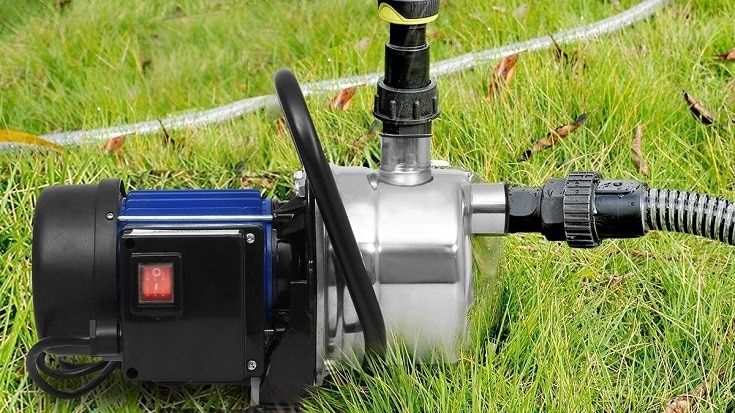
For basements in flood-prone zones, a sump pump is a necessity. This handy gadget pumps the water out of your basement when it floods, which prevents damage to appliances and other low-lying objects. Foundation vents are often used in conjunction with sump pumps for low-lying homes with basements.
9. Modify the Terrain
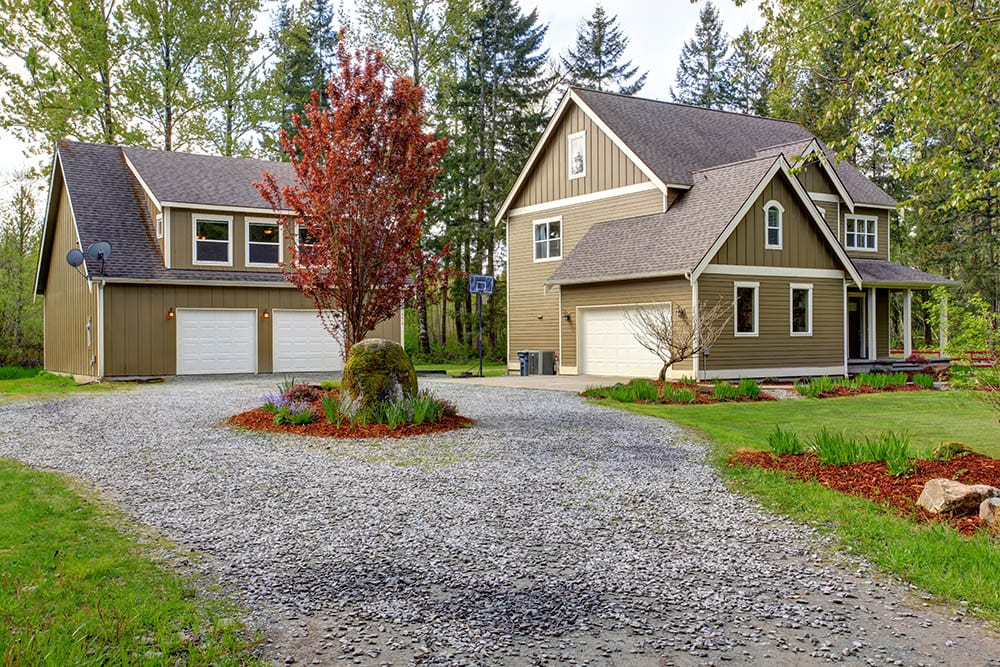
The grade around your home should slope down and away from your home. If it doesn’t, a call to a general contractor is in order. The contractor will help draw up a plan of how to modify the land to ensure water doesn’t pool in any area, especially not toward your home. Contractors are experienced with this type of work and can usually provide personalized suggestions for how to further floodproof your home.
10. When in Doubt, Use Sandbags
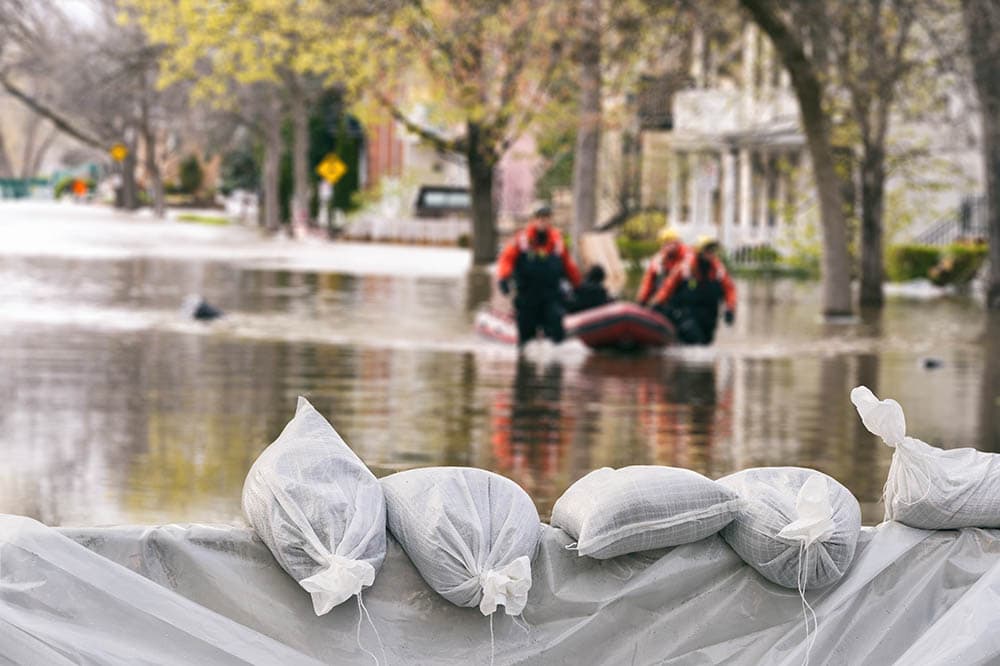
Sandbags are a lot cheaper than home renovations, but they’re not foolproof. Placing a continuous barrier of sandbags around your home and other structures can safely divert heavy flood water away. The bad news is that they’re not suitable for extremely high water levels. Use at your discretion, but we’d suggest making floodproofing renovations for your home and using sandbags as a supplementary measure.
Conclusion
Floods are very scary, powerful, and unpredictable forces. You can’t control the weather, but there are a lot of ways you can mitigate the damage water can do to your home.
Start by evaluating your risk level and then consider buying flood insurance or making floodproofing renovations to your home. Some of them get quite expensive, but it’s definitely worth some peace of mind.
Related Reads:
- HOW TO FLOOD PROOF YOUR GARDEN (13 EFFECTIVE TIPS)
- HOW TO PREVENT MOLD AFTER A FLOOD – 7 TIPS AND TRICKS
Featured Image Credit: IrinaK, Shutterstock
Contents

